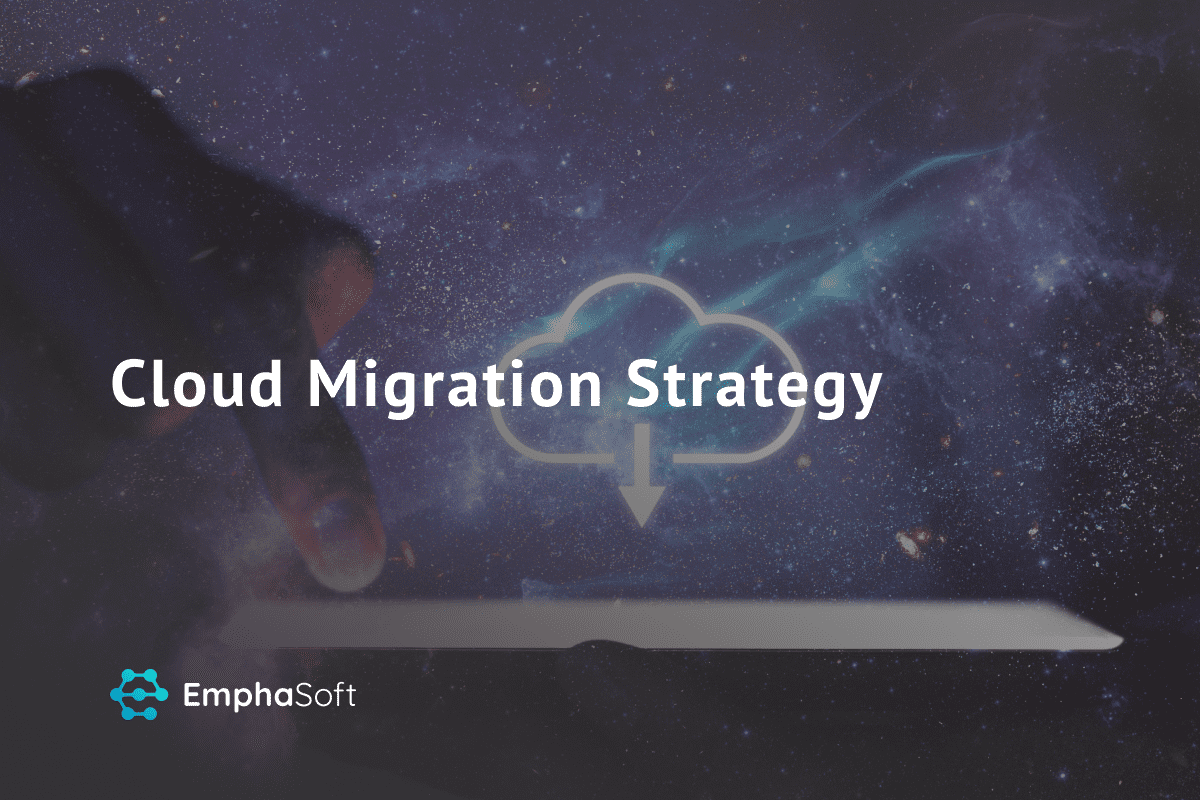As businesses search for ways to optimise their IT costs, improve performance, and increase security, many of them look at migration to cloud environments as a solution.
Cloud migration primarily means the process of moving the company’s private IT infrastructure (applications, supporting technologies, and data) from on-premises servers to public cloud servers, but it can also be a migration from one cloud provider to the other.
Despite the common misconception that cloud is expensive, you can usually find good subscription options that would make financial sense to your situation and be cheaper than an in-house alternative. In addition to that, the cloud gives companies:
- Easy scalability and flexibility – you can go up and down on your server usage instantly.
- Strong security – public clouds invest a lot into cybersecurity and they’re always on the lookout for new protective measures to implement.
- Data backup – most cloud providers have a data recovery plan in place, and they take care of everything on your behalf.
- Simplified management – there is usually a tool in place to streamline the management and monitoring of your data that saves you lots of time.
And like any big change in the infrastructure, migration is a complex process that is better to tackle prepared. That’s where the cloud migration strategy comes into play.
Why use a cloud migration strategy? The key benefits
Having a cloud migration strategy in place offers many benefits to all companies, no matter the size:
- You are in control of the process. If you don’t have a strategy and a plan, you are at mercy of the random events which can lead you to the wrong results.
- There are fewer risks with a strategy. The whole point of thinking through your cloud migration is to avoid and mitigate risks to the business. The more you understand every step of the process, the better you can identify and offset potential threats.
- There is a predictable deadline. With a strategy, you can plan long-term and integrate the migration into all other projects that the company is running.
- There is always clarity. Wherever you are on your cloud journey, you can go back to the strategy and see what is happening at the moment, what was done yesterday, and what the next task is. And besides order, such clarity gives you peace of mind that should not be underestimated in our times of constant stress.
The cloud migration strategy’s main goal is to identify –
- Fastest
- Cheapest
- Least disrupting
– way to transition to the new environment. And then the strategy outlines a step-by-step guide to executing this process. Just like when you plan a move from one flat to another, if you have a strategy in place, you experience less stress, chaos, and loss of your valuables. It’s the same in business, except the stakes are much higher.
Besides that, creating a cloud migration strategy involves auditing your entire IT infrastructure. This creates a perfect opportunity to improve existing workflows, identify what can be discontinued altogether, and what should be optimised moving forward. That helps you move into the new digital space with more order and ensure robust performance of all services and applications.
What is the process of cloud migration?
Every migration will look different, but here are the key steps that everyone makes when designing the cloud migration strategy:
- Review the infrastructure to understand the scope of work.
- Identify the budget and timeframes for the migration.
- Agree on the main goals of migration (price, security, something else?).
- Write down the sequence of migration (what apps are moved first, etc).
- Back up all data and everything else that is possible to back up.
- Perform test migration to identify blind spots.
- Perform the actual migration.
Tip: Make sure you add milestones in addition to goals, so you can track how well you’re doing in between.
Cloud migration with Emphasoft
Emphasoft has helped many companies move to the cloud from an on-premise environment, and the number one rule that we’ve learnt is that your particular needs have to be prioritised over any advice or best practices that you can find out there.
That’s why with us, the first step to cloud migration is to have a deep dive into the client’s environment to ensure we fully understand all dependencies and can plan the migration in the most streamlined, unobtrusive way. Another factor we take a closer look into is the future development plan of the company. Are there ambitious growth plans? Does the company consider switching its business focus? All that has to be taken into account when choosing the cloud provider and the migration strategy.
If you’re looking for a stress-free migration to the cloud, reach out to us, and our specialists will plan out and execute the entire project for you.
Read next:
Learning Management System: all you need to know
How To Use The Internet Of Behavior for Your Startup
SaaS product: features, benefits, and costs









 Schedule a Discovery Call
Schedule a Discovery Call Schedule Call
Schedule Call